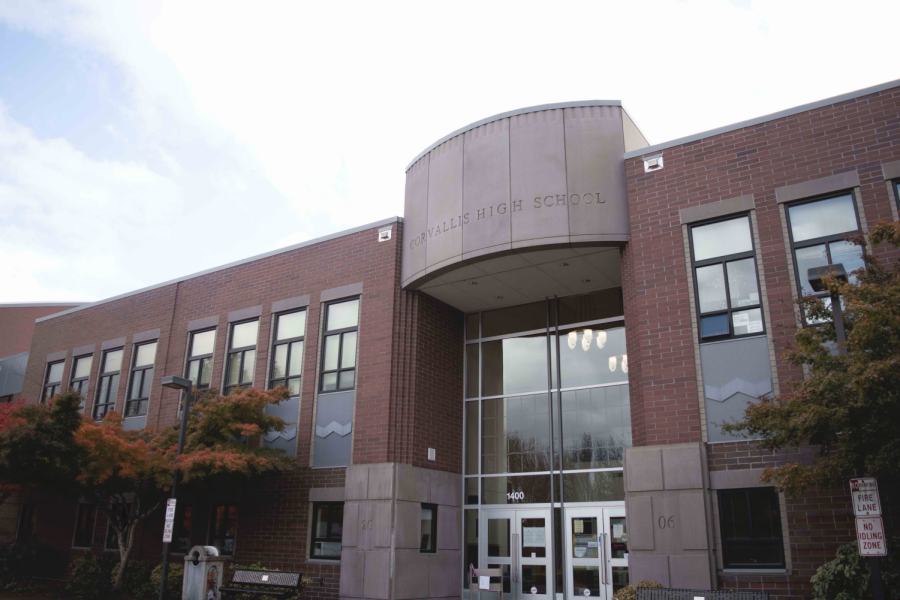Schools in the Corvallis district adapt to COVID-19
November 12, 2020
As grade schools in the city of Corvallis, Ore. continue to practice remote learning during this school year due to COVID-19, all students and many district staff still remain at home for this instructional period.
All students are participating in remote learning this fall which includes students who are enrolled in the hybrid model for the school year. When it is safe to return to school, the hybrid schedule consists of two days of in-person learning and three days of remote learning. There is also a “Corvallis Online” option offered which is a fully online option for the entire school year.
“We are monitoring the required metrics each week,” said Brenda Downum, communications coordinator for the Corvallis School District. “We hope to return students to in-person learning this year but that is dependent on the number of positive COVID-19 cases per 1,000 residents and test positivity rates in our county. Superintendent Noss announced that we are not planning to return to in-person school until at least Jan. 4.”
Downum said that most of the faculty continue to work remotely from home and those who do work in the school building are following the district’s safety protocols. This includes not reporting to work if there is any sign of COVID-19 symptoms and following the Oregon Health Authority’s guidance of wearing a mask, watching physical distancing and practicing good hand washing hygiene.
Corvallis High School english teacher Matt King shared his thoughts on remote instruction during the pandemic.
“I feel both simultaneously refreshed and frustrated,” King said. “We were not equipped to make a sudden shift to completely online instruction. It was impossible to create an online space for authentic learning.”
King said that he had to adapt to remote learning in several ways that will impact his in-person teaching whenever the return to the classroom will happen. He said the limitations for online instruction is severe especially for underserved students, but the teaching staff is trying to make the best of this situation that is not ideal.
Teachers at CHS have adopted Canvas as their main learning platform, and although there was a steep learning curve initially, the site has made it easier to track student work and give timely feedback.
King said the chat feature on the Zoom and the Canvas discussion platform created a space for students who are not comfortable participating in a live classroom setting. The flaw in that is how teachers rely on constant behavioral feedback in order to build engagement and a classroom community, something that is not as easily recognized through the screens.
“It seems harder for students as well, especially the traditionally underserved, and especially if there is not an adult on the other end of the Zoom call helping the student track, organize or help clarify instructions,” King said.
King said that it is essential to create a safe space for students and to reimagine district-wide structures. He said that they need to work on being able to support children and families in the years to come.
“Our staff, and especially teaching staff, are working diligently to create new lesson plans that are engaging for students,” Downum said. “This is hard work for all of us and we look forward to returning to in-person learning.”



















































































![Newspaper clipping from February 25, 1970 in the Daily Barometer showing an article written by Bob Allen, past Barometer Editor. This article was written to spotlight both the student body’s lack of participation with student government at the time in conjunction with their class representatives response. [It’s important to note ASOSU was not structured identically to today’s standards, likely having a president on behalf of each class work together as one entity as opposed to one president representing all classes.]](https://dailybaro.orangemedianetwork.com/wp-content/uploads/2025/03/Screenshot-2025-03-12-1.00.42-PM-e1741811160853.png)























